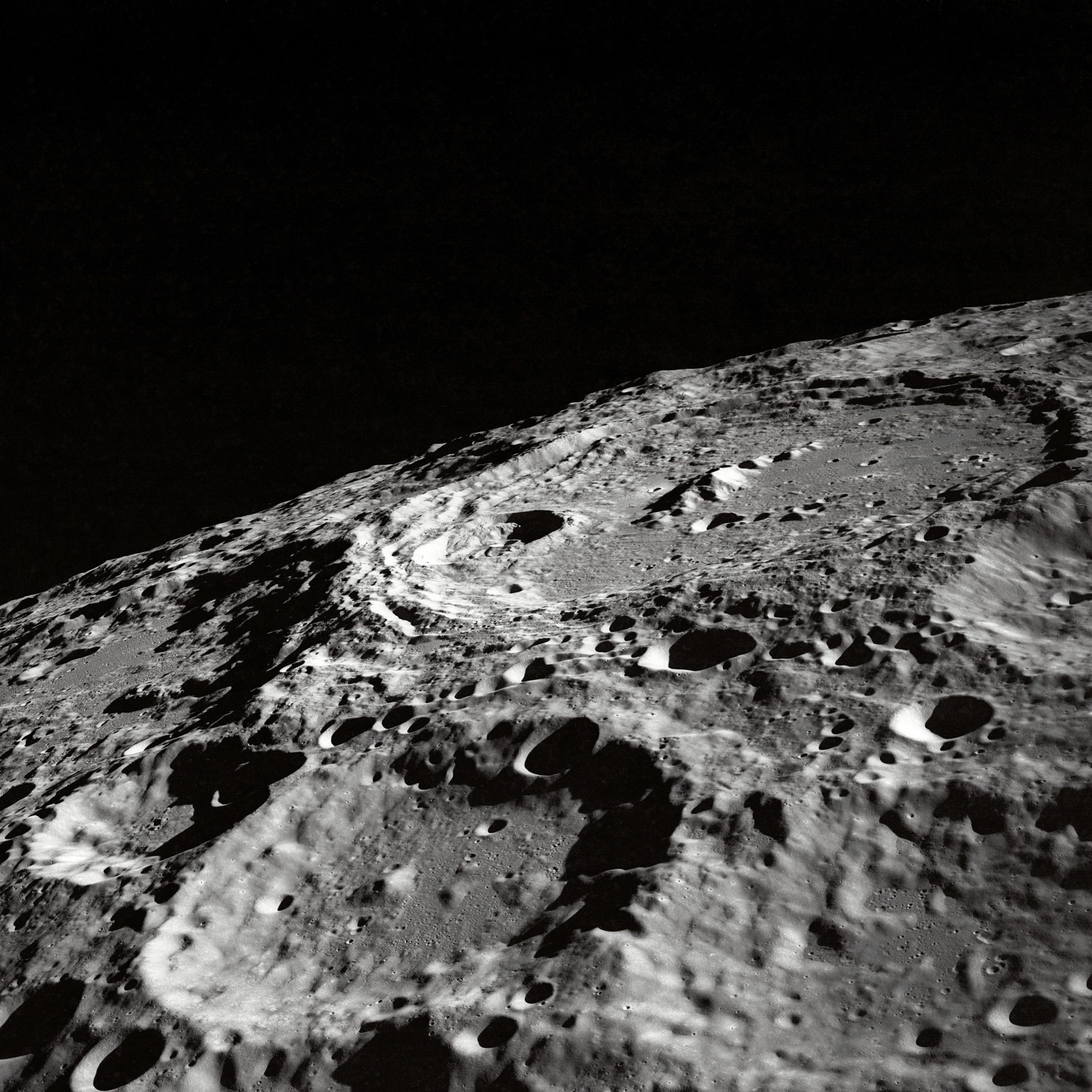
Willie R. Tubbs, FISM News
[elfsight_social_share_buttons id=”1″]
Perhaps we won’t be building those moon subdivisions after all. According to a recent study by leading planetary scientists, the moon’s weather is a blend of so hot and cold as to make any thoughts of widespread human settlement impractical.
The only exceptions are, according to a release from the UCLA, the university whose scientists have led the study, areas deep in the pits of the moon where the temperature is consistently 63 degrees.
“The pits, and caves to which they may lead, would make safer, more thermally stable base camps for lunar exploration and long-term habitation than the rest of the moon’s surface, which heats up to 260 degrees during the day and drops to 280 degrees below zero at night,” the release reads.
First discovered in 2009, the pits in question number in the hundreds, but about 16 have attracted the most attention. Scientists believe these 16 pits lead to caves that could be habitated.
“Lava tubes, also found on Earth, form when molten lava flows beneath a field of cooled lava or a crust forms over a river of lava, leaving a long, hollow tunnel,” the release reads. “If the ceiling of a solidified lava tube collapses, it opens a pit that can lead into the rest of the cavelike tube.”
Leaving aside the interesting etymological change that would have to be made if humans bound off to the moon – the connotation of saying one’s house is the pits would necessarily be positive – UCLA’s researchers have made quite the discovery.
Establishing that there is even a chance long-term human habitation can be established on the moon is a major step in the world of science.
It’s research that has been led by Tyler Horvath, a UCLA doctoral student in planetary science, who used images from the Diviner Lunar Radiometer Experiment, a thermal camera, to read the temperatures of the pits.
While most of the moon’s surface, which for days on end is hot enough to boil water, would kill human, plant, or animal life, the caves could be used to grow food, store oxygen, and avoid the deadly rays of the sun.
“Humans evolved living in caves, and to caves we might return when we live on the moon,” UCLA professor of planetary science David Paige, a member of the research team, said.
Horvath and Paige are also involved in work with a different thermal camera that is bound for the southern pole of the moon.
